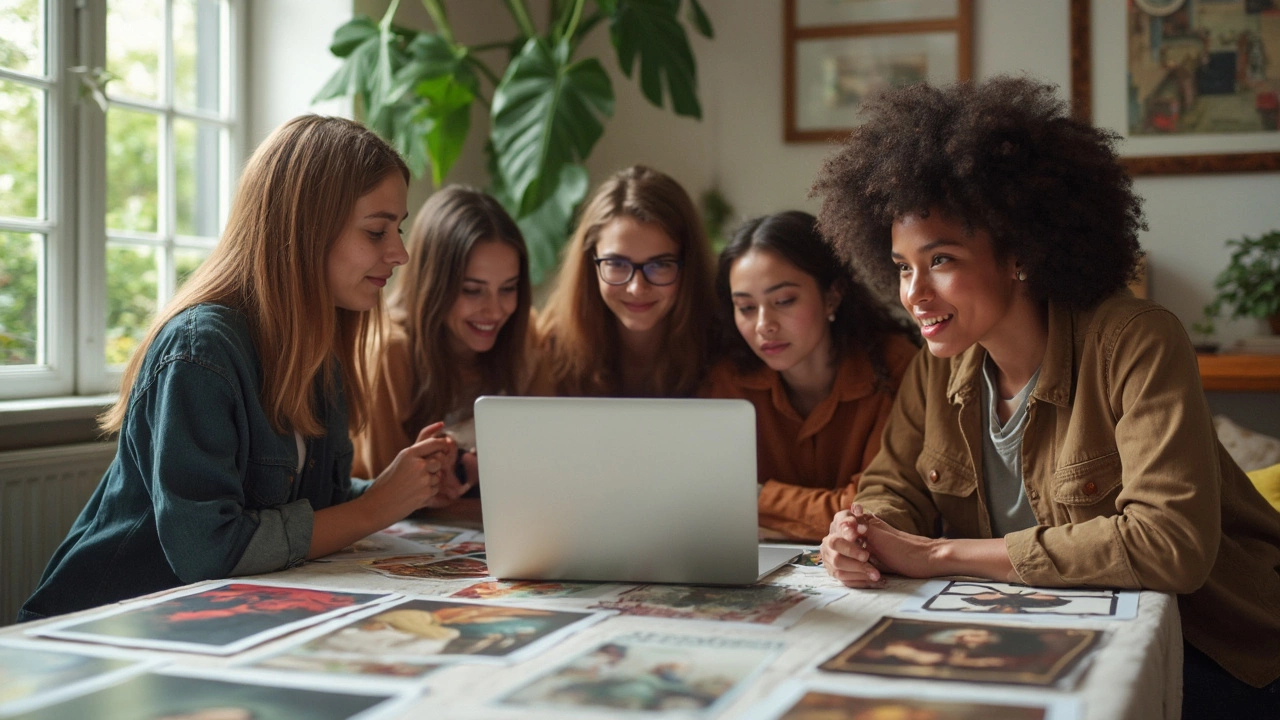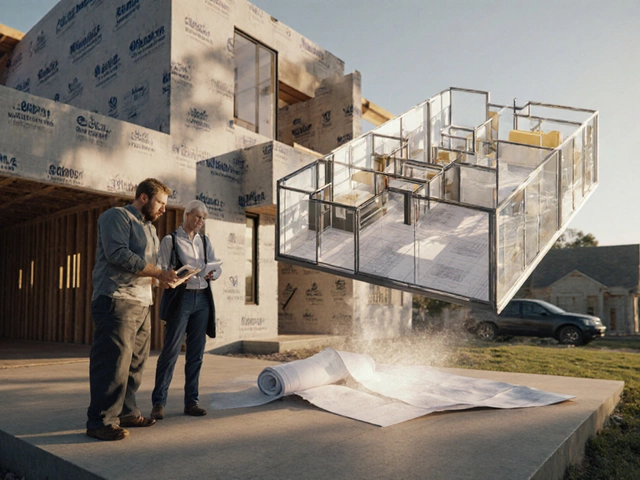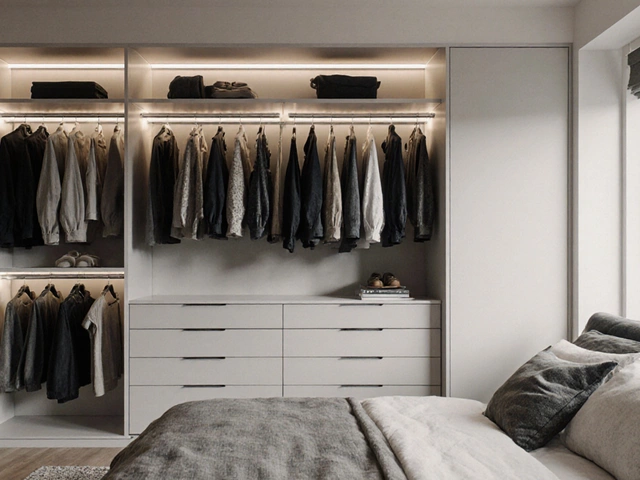Digital Art: Trends, Tools, and Creative Ideas
When working with digital art, visual artwork created using computers, software, or other electronic devices. Also known as computer art, it merges technology and imagination to produce images, animation, and interactive experiences. This medium has reshaped how we think about pictures on walls, in apps, and across social feeds. It’s not just for graphic designers; homeowners, renovators, and furniture makers are tapping into it to personalize spaces.
One close cousin is digital illustration, hand‑drawn or vector artwork produced on tablets or PCs using programs like Procreate or Illustrator. Another relevant off‑shoot is wall art, large‑scale pieces designed to decorate interior surfaces, often printed from digital files. mixed media, projects that combine digital prints with physical materials such as wood, fabric, or metal are gaining traction in modern homes. Finally, home decor art, artistic elements that enhance interior design, from statement prints to subtle accents often draws from digital sources. Together these entities show that digital art not only creates standalone pieces but also fuels trends in interior styling, furniture finishes, and DIY upgrades.
Creating compelling digital art usually requires three core tools: a graphics tablet or high‑resolution monitor, powerful software (such as Photoshop, Blender, or Affinity), and a reliable color‑managed workflow. Mastering layers, brushes, and rendering engines lets artists experiment with light, texture, and depth without the mess of paints or clays. The skill set also includes basic composition principles—balance, hierarchy, and focal points—that translate directly to physical space planning. For a renovator, understanding these basics means you can commission custom wall prints that match a room’s palette or generate 3D visualizations before a remodel begins.
In the context of home renovation, digital art opens a fast route to personalization. Imagine a client who loves coastal themes; you can generate a bespoke polyptych series—multiple panels that together form a panoramic seascape—using digital collage tools, then print each panel on large canvas. This approach mirrors the “polyptych art” trend highlighted in our latest guides, where multi‑panel designs add visual interest without custom painting. Because the files are editable, you can swap colors or swap out sections as the homeowner’s taste evolves, keeping the space fresh for years.
Looking ahead, emerging formats like NFTs and AR‑enabled installations are pushing digital art beyond static walls. While NFTs involve blockchain verification, the visual style often mirrors traditional prints, offering collectors a new ownership model. Augmented reality lets homeowners project digital murals onto a wall via a smartphone before committing to a print, reducing waste and decision‑making time. These innovations illustrate how the medium continues to intersect with real‑world design, giving both creators and renovators fresh ways to add value.
What You’ll Find Below
The articles that follow dive deeper into specific projects, from modernizing furniture with digital graphics to choosing the right color trends for curtains and bathrooms. Whether you’re looking for step‑by‑step DIY guides, storage hacks, or the latest interior color palettes, this collection gives you actionable insight to blend digital creativity with practical home improvement.
Where Can I Get Free Painting Images? Best Places for Stunning Wall Art
Trying to find free painting images for your wall art project? This guide explains exactly where to get them legally without any headaches. You'll discover well-known sources, hidden gems, and helpful tips to make sure your choices look great and avoid copyright trouble. Get advice on printing, choosing sizes, and even finding high-res classic art for free. Save money while making your walls pop—no complicated steps, just smart solutions.
full article




